Learn about the intriguing collective noun for clams and the unique linguistic history behind it, through this enlightening piece.
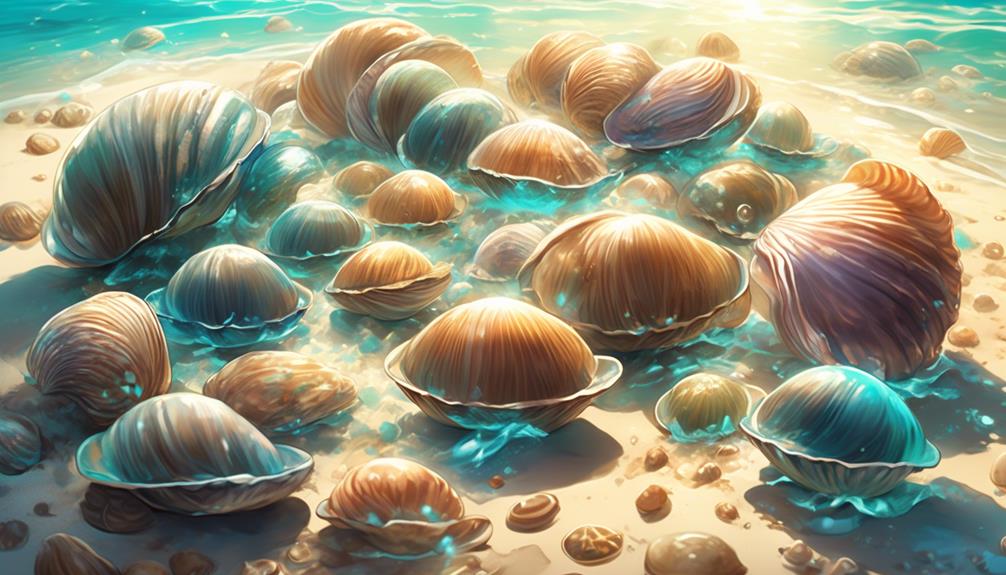
Collective Noun for Clams
In the world of language, you’ll encounter the unexpected, like a ‘bed’ you can’t sleep in, or ‘clams’ that don’t clam up. This is the beautiful conundrum of collective nouns; a bed of clams, for instance, is an intriguing example.
Now, you might wonder why we use ‘bed’ for a group of clams. Well, the answer lies in the fascinating history of English language and the unique biological traits of these sea creatures.
As we probe into this, you’ll uncover more about collective nouns and why they’re more than just odd linguistic quirks. Curious? Let’s proceed.
Key Takeaways
- Collective nouns refer to a group or collection of similar things or people as a single entity.
- Collective nouns consolidate individual entities into one cohesive group.
- Collective nouns have a unique role in English grammar as they are the linguistic glue that binds disparate entities together.
- The collective noun for clams is ‘bed’, reflecting their natural habitat and behavior of nesting into the seafloor forming large colonies.
Understanding Collective Nouns
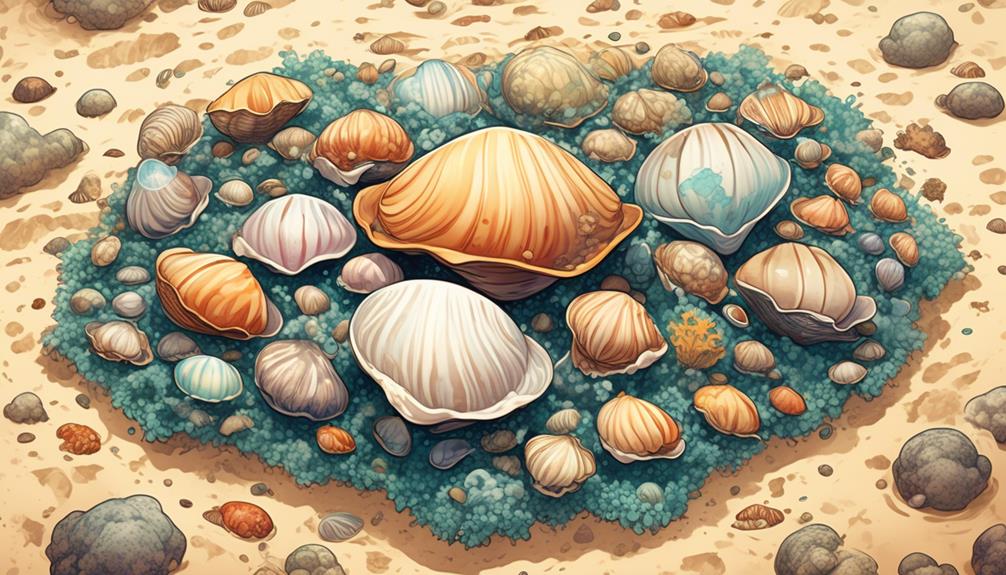
To truly grasp the concept of collective nouns, you need to delve into the intricacies of language and understand their unique role in English grammar. Unlike other nouns, collective nouns refer to a group or collection of similar things or people as a single entity. They’re the linguistic glue that binds disparate entities into a unified whole.
Picture this: you’re walking along the beach and you spot a group of clams. In English, you wouldn’t say ‘I see many clams’, but rather ‘I see a bed of clams’. The term ‘bed’ is the collective noun, which helps to consolidate the individual clams into one cohesive group.
However, it’s not always straightforward. English is a complex language, and collective nouns can sometimes cause confusion. For example, while ‘crowd’ can refer to a group of people, ‘flock’ is used for birds, and ‘pod’ for whales. These aren’t interchangeable, and it’s this specificity that makes collective nouns so fascinating.
In essence, understanding collective nouns is a step towards mastering language nuances. It’s about knowing that a ‘bed’ can refer to more than just a place to sleep, like a collection of clams.
Why ‘Bed’ for Clams?
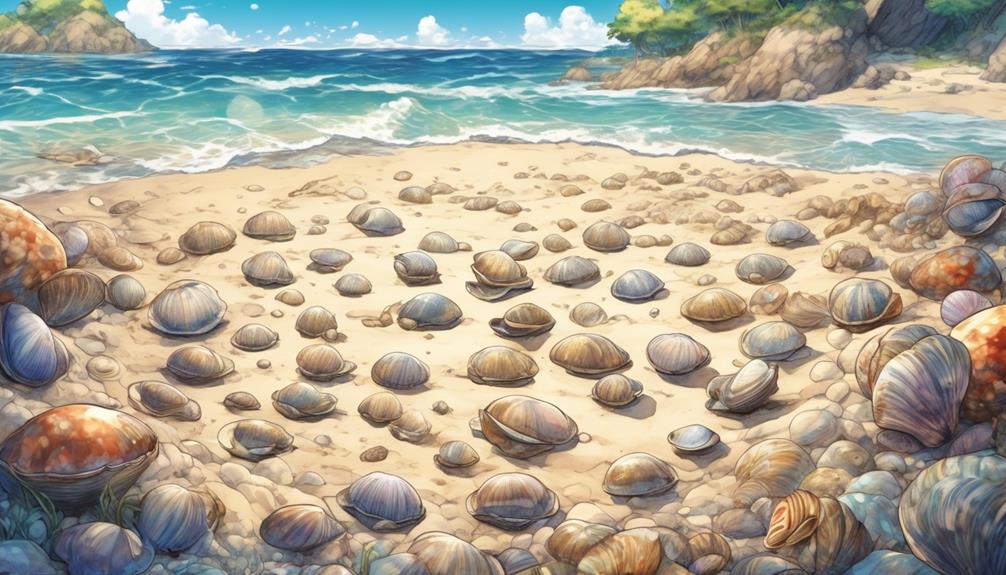
You might wonder why we use ‘bed’ as the collective noun for clams, and the answer lies in the natural habitat and behavior of these marine bivalves. This term isn’t merely a linguistic coincidence, but a precise representation of their existence.
Clams are bottom-dwelling creatures that nestle into the seafloor, forming large colonies. These colonies often resemble a bed, as they’re settled in a layer of sediment or mud. This is why ‘bed’ is an apt collective noun, reflecting the clam’s unique way of life in its natural habitat.
Their bedding behavior is crucial for their survival. Burrowing into the sea bed offers clams protection from predators and harsh environmental conditions. It’s also their way of feeding as they filter feed, drawing in water to extract nutrients and oxygen.
This collective noun isn’t just a grouping term, but an encapsulating word that provides insight into the clams’ lifestyle. It’s not just about semantics, it’s about observing their behavior and understanding their ecological role.
History of Collective Nouns in English
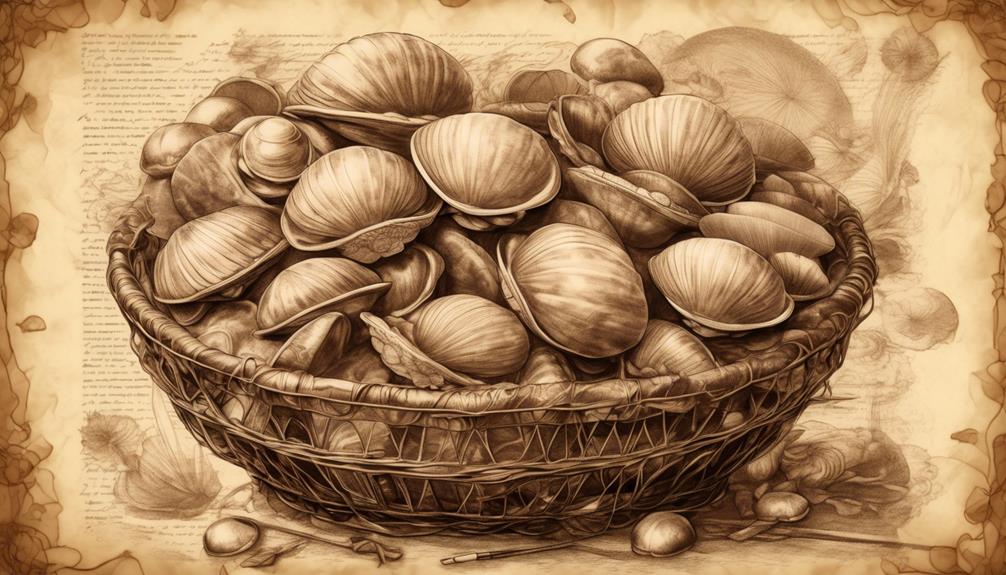
Delving into the history of collective nouns in English, we’ll discover a fascinating evolution dating back to the Middle Ages, revealing a unique blend of linguistic creativity and cultural influences. Originating in the 15th century, these terms were initially used by the upper classes as a display of societal sophistication. They were often associated with hunting, a favored pastime of the elite, resulting in whimsical, yet specific terms for groups of animals.
It’s critical to note that this practice wasn’t merely a linguistic trend, but rather, it reflected the sociocultural context of the era. The creation of these specific group names served to reinforce class divisions, highlighting the knowledge and education of the aristocracy. As time proceeded, the usage of these terms expanded beyond the realm of hunting, permeating various sectors of daily life and language.
In modern English, we’ve retained many of these historic collective nouns, including a ‘bed’ of clams. This preservation demonstrates the enduring influence of these terms, illustrating how language, while constantly evolving, is also a repository of cultural history. Through the collective noun, we can glimpse the intersection of linguistic development and societal norms.
Other Aquatic Collective Nouns

Beyond the ‘bed’ of clams, there’s a wealth of collective nouns that bring color and specificity to our descriptions of aquatic life. Take, for instance, the ‘shoal’ or ‘school’ of fish, which refer to large, often synchronized, groups of fish traveling together. You might also encounter a ‘pod’ of whales or dolphins, denoting a cohesive group that moves and hunts in unison.
In the crustacean family, you’d find a ‘cast’ of crabs, illustrating the community-minded nature of these creatures. And what about a ‘flotilla’ of jellyfish? This term resonates with the floating, drifting movements of these ethereal beings.
For the mollusks, we use a ‘colony’ of sea urchins or a ‘raft’ of otters to describe their collective behavior. Even the more solitary creatures of the deep have their collective nouns – a ‘bask’ of crocodiles, a ‘clowder’ of cats, a ‘murder’ of crows.
These terms not only provide a more vivid picture of aquatic life, but also serve as reminders of the rich interconnectivity and social structures within marine ecosystems. So, next time you delve into the aquatic world, keep an ear out for these unique collective nouns. They’re more than just words; they’re keys to understanding the nature of marine life.
Fun Facts About Clams
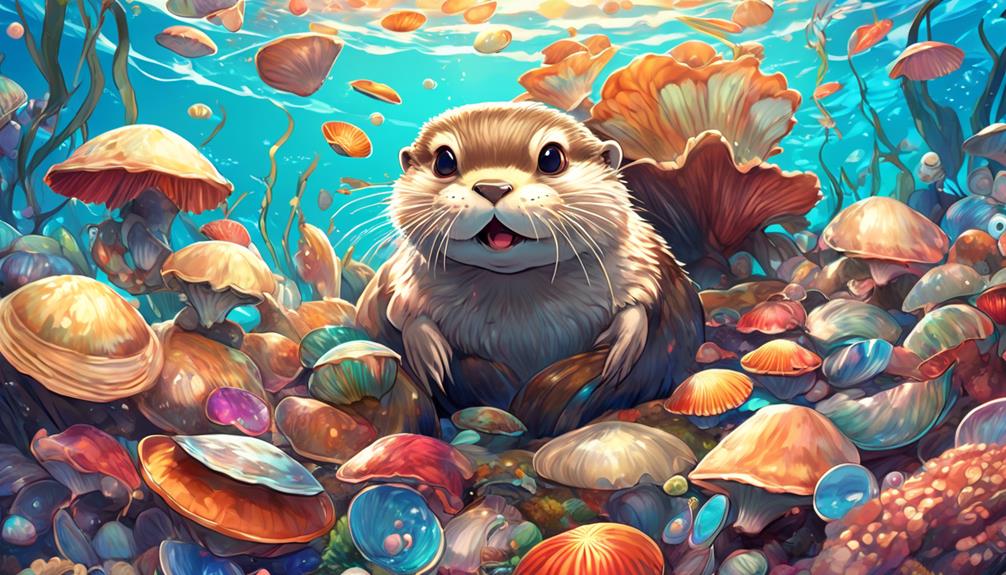
Ever wondered about the intriguing life of clams? These small, unassuming creatures possess a number of fascinating characteristics that might surprise you.
Firstly, clams aren’t ‘silent’ as you might think. They actually make a clicking noise, created by their shells opening and closing. It’s a unique form of communication, as it’s not fully understood yet.
Secondly, clams can live a very, very long time. The oldest known clam, named ‘Ming’, was a staggering 507 years old when it died. That’s over half a millennium!
Thirdly, clams are filter feeders. They draw in water, filter out plankton and other microscopic organisms, and then expel the cleaned water back out. In doing so, they play a vital role in maintaining the cleanliness and health of their aquatic ecosystems.
Conclusion
So, you’ve journeyed through the fascinating realm of collective nouns, discovering why we call a group of clams a ‘bed’.
You’ve explored the historical roots of collective nouns in English and delved into other aquatic examples.
You’ve even learned a bit more about clams!
Doesn’t it make our language seem even more dynamic and vibrant?
Stay curious, and remember: there’s always more to learn in the vast ocean of our language’s rich and diverse ecology.


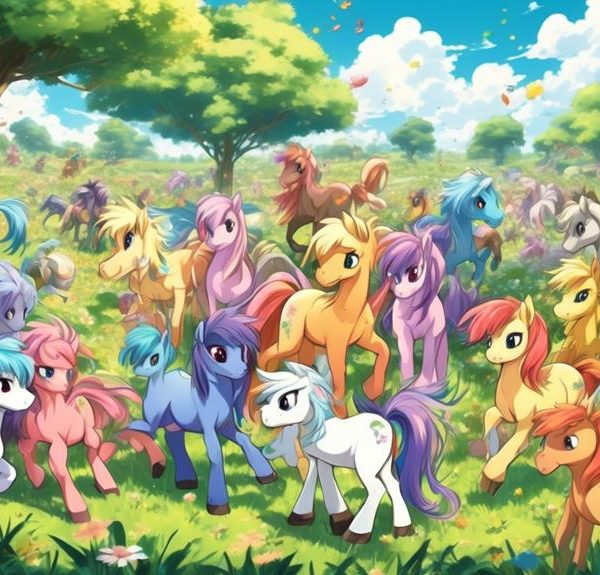

Sign up